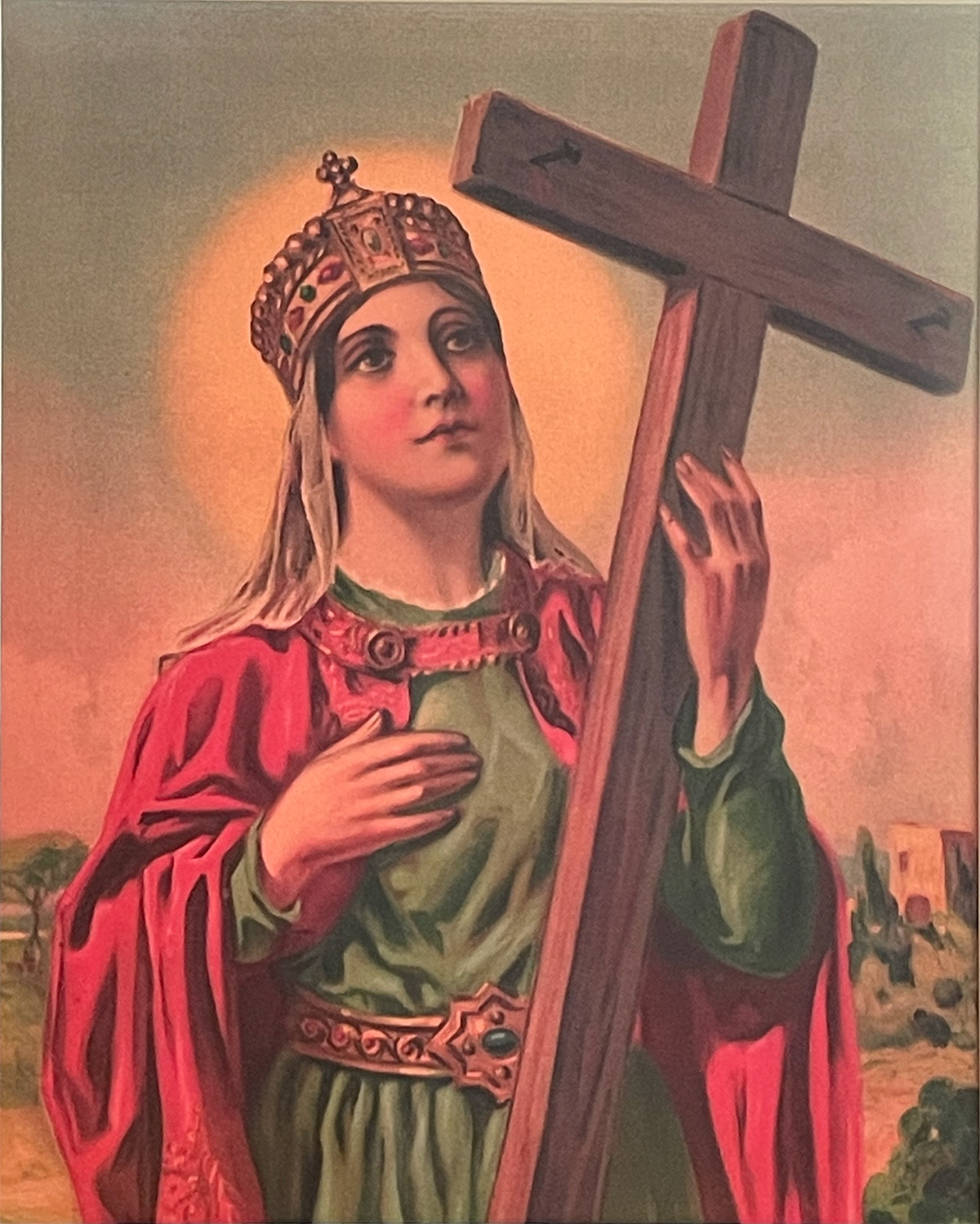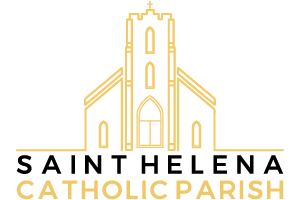Our History
The St. Helena Catholic Church stands on land donated in 1865 at the corner of Oak Avenue and Tainter Street, where Father Peter Deyaert served its first parishioners. In 1866 a small private home was converted to hold the church’s initial congregation and the parish was dedicated to Saint Helena of Constantinople, mother of Emperor Constantine I.
In October of 1888, fire destroyed a second, larger wooden church that replaced the first building. Under the guidance of Fr. Renatus Becker in 1888-89, Scots and Italian Swiss stone masons used deposits of local volcanic rock to build a new structure resembling an English medieval country church with a Gothic bell tower.
Tragedy struck once again in 1945 when the interior of the stone church burned, damaging many of the stained-glass windows. Renovations reused original stones and additional volcanic rock was quarried and cut to maintain the church’s medieval appearance. The architect, Martin Rist from San Francisco, added a sacristy and expanded the narthex, leaving the tower intact. All windows were fully restored.
Agriculture has long defined the Napa Valley and continues to attract people from around the world who wish to visit, work, and raise their families in wine country. That diversity has blessed our parish with a rich multi-cultural heritage and reminds us each day that we represent the many faces of God.
“Be bearers of hope and builders of bridges, using every tool at your disposal to sow goodness and love in the world.”
Pope Francis
Mission:
We welcome all God’s family to pray and worship, to learn, to serve others and to participate fully in our community filled with the Holy Spirit.
Damos la bienvenida a toda la familia de Dios, para orar y venerare, para aprender y para servir a otros, y para participar en nuestra comunidad llena del Espírtu Santo.

Our parish is named for Saint Helena of Constantinople who discovered remnants of Christ’s Cross and was a devoted convert to Catholicism in the 4th century AD.
